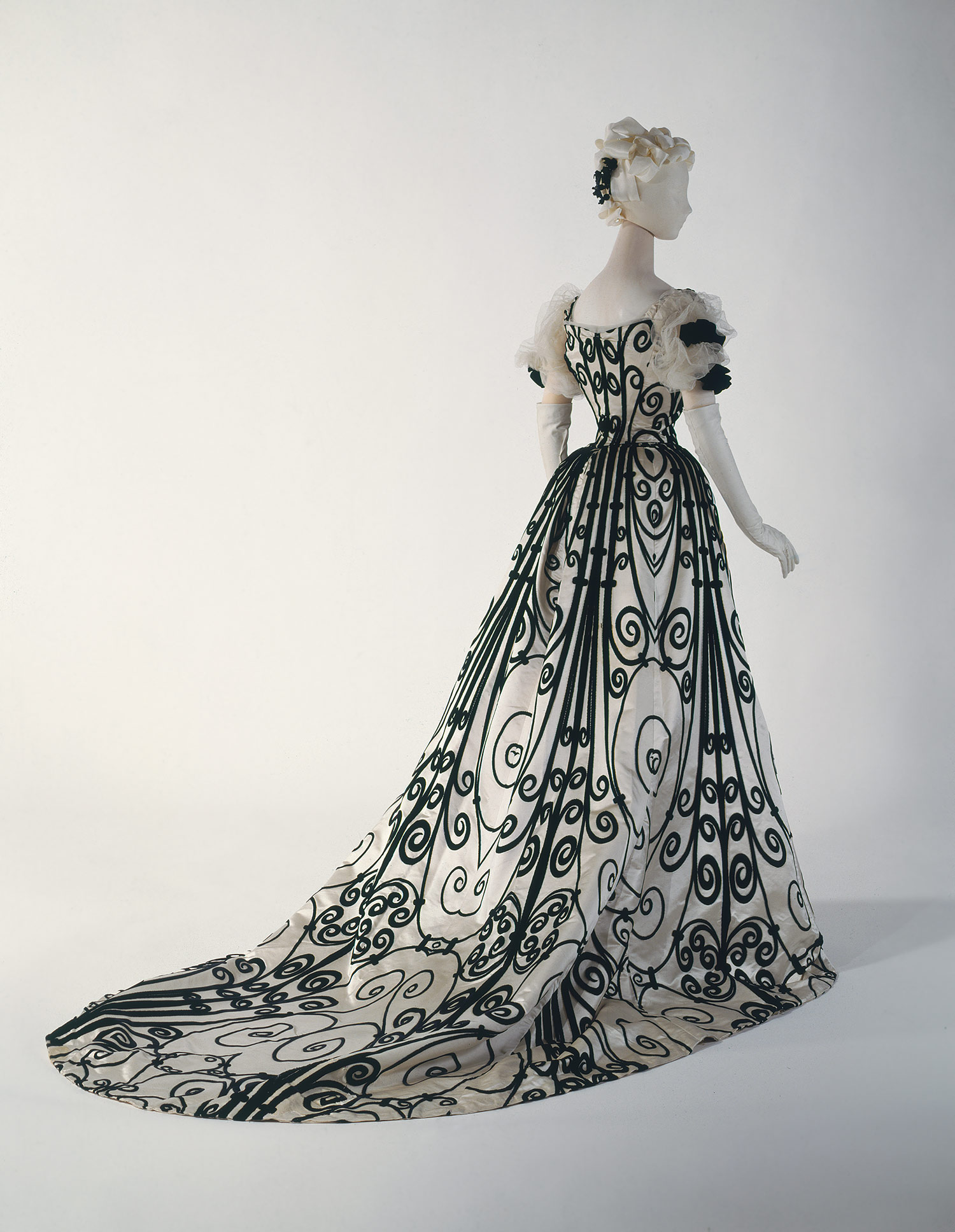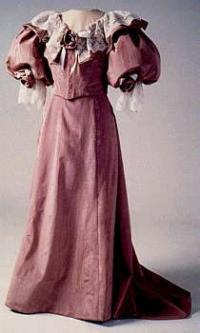How it all started: Giselle
People have asked me how I got started with costuming. Like most mother's my first tutus were made for E13 who started ballet at 5. As she moved up and began performing more, I volunteered back-stage and before I knew it I was making more and more elaborate items.
The first real ballet I ever was fully involved in was Giselle. Talk about jumping in the deep end with boots and all!
Giselle is the ballet's equivalent to Hamlet,
the great Romantic ballet. It is also one of the so-called "white" ballets, because the dancers are for a large part dressed in ghostly white costumes.
 |
| Beth Mochizuki as Giselle, with Johann Studier as Hillarion |
As with many ballet's of this era and genre, Giselle is the story of a beautiful, innocent peasant girl who lives near a forest. One day a young noble man (or prince) called Albrecht is out hunting with his buddies and meets Giselle. They fall in love, although it is not totally clear how honorable Albrecht's intentions are.
Giselle peasant suitor Hillarion, sees them, and fights with Albrecht but is sent away.
After Giselle and Albrecht have vowed their undying love for each other, Albrecht's fiance Bathilde, her father and the rest of the court come on the scene. Giselle realizes she has been duped, goes mad and either dances herself to death or commits suicide (this is a little murky).
The second act of the ballet takes place in the grave yard in the woods. Local legend says that girls who die before their wedding (or die by suicide) roam the earth at night, searching for men to take revenge on. Their queen, Myrtha, rules her maiden's called Willis and sends them after unsuspecting men who are foolish enough to go into the forest at night. Myrtha is also supposed to be a women duped by her lover and either a suicide, or someone who died of a broken heart (the Romantics truly beileve that people could die from their emotions).
Giselle's peasant suitor Hillarion makes the mistake of visiting her grave after the sun has gone down. Hillarion is discovered by Myrhta and her Willis and is made to dance till he dies. Albrecht too goes to visit Giselle's grave and would have met the same fate where it not for Giselle protecting him. He survives and at the breaking of the dawn, Giselle goes back into her grave never to be seen again.
For this ballet Scott Dolphin and I were responsible for the design and creation of all the "white" Romantic tutus: Giselle, Myrtha (the Queen of the Willis or dead girls) and the Willis.
Scott Dolphin (
www.scottdolphinstudio.com) made lovely designs for the costumes using flesh colored powernet covered in white sparkle organza. He simulated vines on the bodices by sandwiching iron-on interfacing between the organza and powernet. The tutu's were three layers of smocking pleated bridal tulle in white, glimmer white and toast, sewn to a quilted basque of powernet and organza.
 |
| Cutting layers of white bridal illusion for top layers |
 |
| Cutting six yards of toast colored tulle for middle layers |
The middle, toast colored layer was six yards fabric, railroad cut (i.e. cut as one long piece). The other layers were cut as three or four pieces which were then sewn together.
Working with tulle is hard: it is slippery, gets statically charged easily and you cannot pin it or draw on it to cut it straight. To be able to smocking pleat it, it has to be rolled onto a special dowel and then fed into the pleater, which is cranked by hand. Scott can up with some very clever ways of dealing with these issues. He devised a method of taping the tulle onto a table using painters tape and later rolling the tulle around a metal layer so that it could be cut straight and dagged if necessary.
After the tulle was rolled, the rolls were taped again and then could be pleated.
 |
| Cut and hemmed layers of tulle ready for pleating |
 |
| Rolling tulle in preparation for pleating |
 |
| Rolled tulle, basques and beginnings of Romantic tutus |
I owned a smocking pleater and was going to be sewing up the tutus. Carrie Lampman, a then high school student, wanted to learn how to make tutus so she volunteered to be my assistant. Carrie is extremely talented and learned the whole process very quickly. For this project I had two other volunteers who came and helped as well.
I measured up the dancers, then drew sixteen basque pattern and cut them out. Carrie, Lydia, Shushang and I sewed and quilted the basques.
 |
| Quilted flesh colored Powernet and white organza basques |
 |
| Smocking pleated light gold tulle layer pinned to basque |
Later the four of us took turn pleating, steaming and then sewing the tutus together. Shushang had never used a sewing machine before but she did great. The final assembly, was done by Carrie and myself. Scott created all the bodices and Myrtha's headpiece. I made also created two hats: one for Bathilde (Albrecht's fiance) and one for a lady in her retinue.
 |
| My assistant Carrie Lampman sewing a Giselle tutu |
 |
| completed Willy tutu |
Bathilde's headpiece was to simulate the elaborate hair taping that was common in the Italian Renaissance. I used bias cut strips of velvet in colors to match Bathilde's dress (hunter green, golden mustard yellow and burgundy red), which I braided into a 3/4 circlet. The back of the headpiece was a gold, jeweled snood. I embroidered the head piece with flower-shaped sequins and pearls.
The court ladies' hat was a flat-cap shaped black velvet hat with white ostrich plumes held onto the hat with an embellished pieces of hand crochet lace.
Unfortunately, I do not have any photographs of these two headpieces.
The show itself was extremely well but sadly it was not well attended making it unlikely that the ballet will stage it again. Photos of Giselle on stage will be in another post











































